Top Commercial Food Production Line in China: Complete Guide
In the ever-evolving global food industry, efficiency, hygiene, and automation are no longer optional—they are fundamental. For B2B buyers in the food processing sector, choosing the right production line is one of the most critical investments. Over the last two decades, China has emerged as a world-leading manufacturer of commercial food production lines, providing turnkey solutions for meat, dairy, snack, beverage, bakery, and fruit/vegetable sectors.
This article explores the key reasons B2B buyers from around the world are sourcing their production lines from China. We’ll also provide detailed insights into different production line types, selection criteria, compliance standards, and a practical roadmap for your sourcing process. Whether you're expanding capacity, upgrading to automation, or building a new facility, this guide will help you make informed, cost-effective decisions.
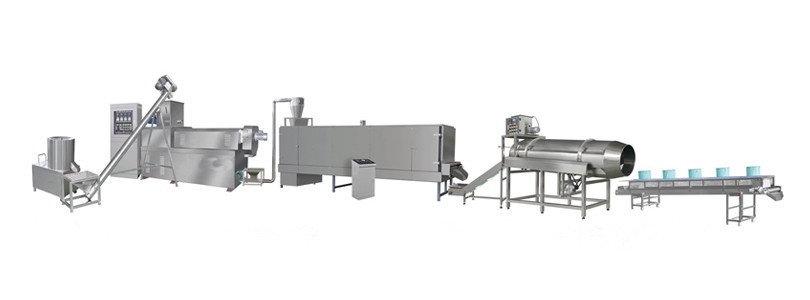
✅ Why Choose a Commercial Food Production Line from China?
1. Cost-Performance Advantage
Chinese suppliers are known for delivering high-performance machinery at a competitive price point. While the initial investment is typically 40-60% lower than that of European counterparts, performance and efficiency levels can be comparable, especially for standard to mid-high capacity applications. For many small to mid-sized factories and OEM producers, this cost-performance balance is ideal.
2. Complete Turnkey Solutions
From raw material intake to final packaging, China’s top manufacturers offer fully integrated systems. These include automation control, layout design, piping, wiring, and even staff training. You won’t need to source machines from multiple vendors or hire extra integrators.
3. Advanced Automation Technology
Modern Chinese food machinery integrates PLC touch screen systems, smart sensors, SCADA monitoring, and remote control modules. You can automate quality checks, monitor temperature/humidity, and track performance—all from a central interface.
4. Customization for Local Market Requirements
Top-tier Chinese food machinery factories are highly flexible. Whether you need equipment that conforms to halal, kosher, HACCP, FDA, or EU CE standards, they can adapt machine configurations accordingly. Custom packaging formats, filling volumes, voltages, and language settings are all possible.
5. Global Reach and Support
Leading Chinese brands are already exporting to 80+ countries, with local agents or service teams in regions like Southeast Asia, the Middle East, Africa, Eastern Europe, and Latin America. Spare parts, installation, and remote troubleshooting support are widely available.
🍱 Common Types of Food Production Lines Exported from China
Let’s take a deeper look at the most in-demand food production line categories and what features to expect:
1. Meat Processing Line (Beef, Pork, Poultry)
📌 What It Includes:
Slaughtering units
Deboning and trimming conveyors
Meat grinders, bowl choppers, slicers
Cooking, steaming, and frying modules
Vacuum packaging and tray sealing
🧩 Key Features:
Precision cutting with servo-controlled knives
Stainless steel (304/316L) hygienic design
CIP (Clean-In-Place) for pipes and tanks
Custom layout for frozen meat, sausages, nuggets, or canned meat
🏭 Applications:
Slaughterhouses, cold chain food manufacturers, frozen meal factories, canned meat producers, protein snack makers.
2. Vegetable & Fruit Processing Line
📌 Typical Modules:
Bubble washing + air drying
Peeling and slicing
Blanching or enzymatic treatment
Juicing, pulping, or pureeing systems
Pasteurization and aseptic filling
🧩 Key Features:
Ozone sterilization for raw produce
Belt or drum washers with fine filtration
Customizable outlet sizes and shapes
Vacuum deaeration and flavor retention
🍓 Applications:
Fruit jam factories, fruit juice bottlers, frozen diced veg, canned tomato paste producers.
3. Snack Production Line
📌 Typical Snacks:
Potato chips, tortilla chips, extruded puff snacks
Rice crackers, nuts & trail mix
Instant noodles and ramen packs
🧩 Key Features:
Continuous frying or baking tunnels
Oil filter & recycling systems
Flavor drum mixers with dosing automation
Nitrogen filling packaging options
🏭 Applications:
Snack food manufacturers, export-focused snack brands, co-packing factories, private label suppliers.
4. Beverage & Liquid Filling Lines
📌 Modules:
Juice extraction and blending
UHT sterilization and homogenization
Hot or cold filling systems
Bottle blowing, labeling, and packing
🧩 Key Features:
±1% filling precision
Integrated CIP for tanks and pipelines
Multiple packaging formats (PET, glass, cans)
Bottle sterilization tunnels and cleanrooms
🧃 Applications:
Bottled juice brands, functional drink companies, coconut water and dairy drink producers.
5. Bakery & Dough-Based Production Line
📌 Common Products:
Bread loaves, buns, rolls
Pizza bases, flatbreads
Cookies, muffins, and puff pastries
🧩 Key Features:
High-capacity dough mixers
Proofing rooms with humidity control
Tunnel ovens with convection or deck systems
Cooling tunnels and auto-slicers
🍞 Applications:
Industrial bakeries, frozen baked goods producers, ready-to-eat meal suppliers, commercial pizza factories.
⚙️ How to Choose the Right Supplier: Practical Checklist
Selecting a reliable Chinese supplier requires due diligence. Here’s a proven B2B checklist:
| Factor | What to Check |
|---|---|
| Certifications | CE, ISO 9001, HACCP, GMP, FDA (if required) |
| Component Brands | PLCs (Siemens, Delta), Sensors (Omron), Motors (ABB) |
| Engineering Support | Layout design, remote support, training availability |
| Past Projects | Ask for videos, 3D renderings, or factory photos |
| Spare Parts Supply | Ensure 2–3 years of spare parts included |
| Warranty Terms | 1–2 years minimum + paid service options afterward |
| Communication | Do they provide English technical documentation? Can they video call with engineers? |
💡 Real-World Buyer Tips
Here are some practical insights from real B2B food manufacturers who’ve sourced from China:
“We insisted on pre-shipment FAT (Factory Acceptance Test)” – Arrange live video testing before shipment to ensure specs are met.
“We negotiated custom mold sizes for our packaging” – Most suppliers are open to packaging customization with low MOQ.
“We used our own forwarder” – Shipping can be coordinated independently for better transparency.
“We paid 30/70 terms with LC for safety” – Letters of Credit are common for orders above $30,000.
✅ Conclusion: Why Chinese Food Production Lines Offer Global Value
For food processing businesses looking to scale efficiently and cost-effectively, sourcing a commercial food production line from China offers unmatched value. The combination of flexible engineering, advanced automation, reliable support, and aggressive pricing makes Chinese machinery a top choice for global food brands and OEM factories alike.
By understanding the production categories, verifying supplier credibility, and negotiating smartly, buyers can unlock long-term ROI with high-performance, low-maintenance systems that drive results.
Must-Read Blogs For Chain Restaurants Owner

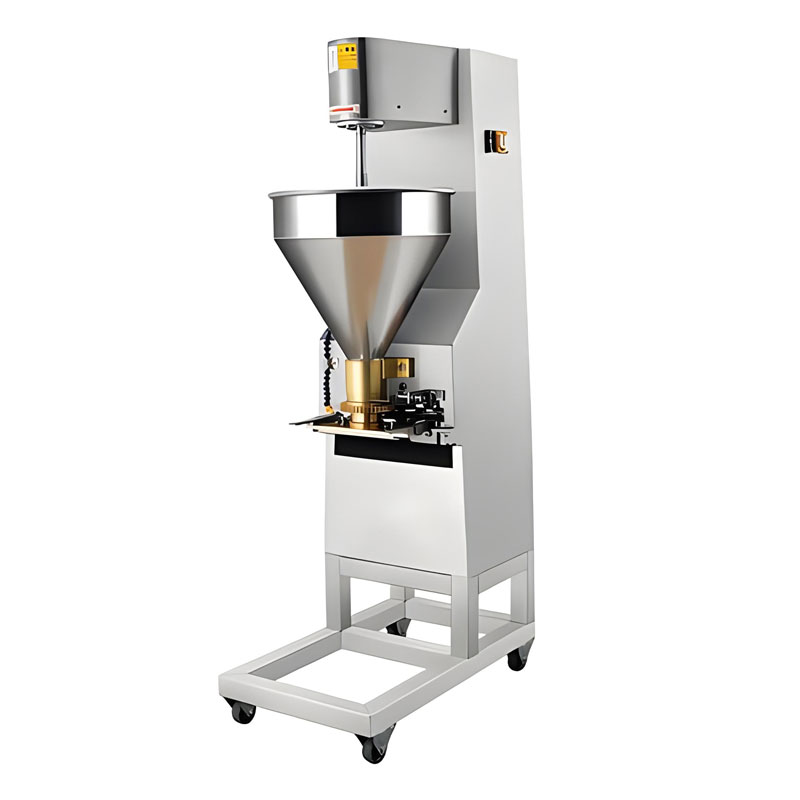
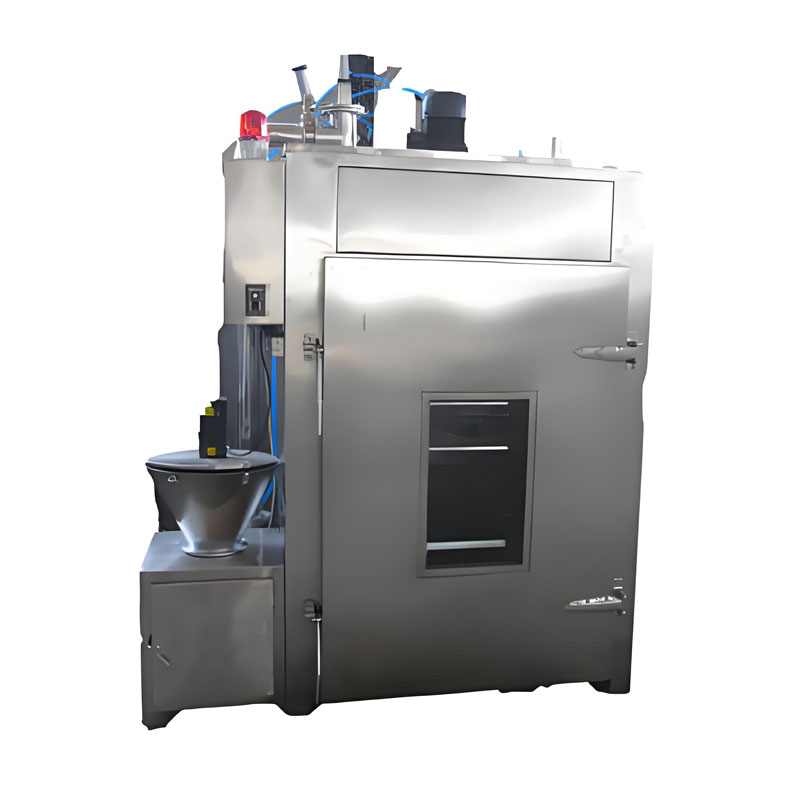
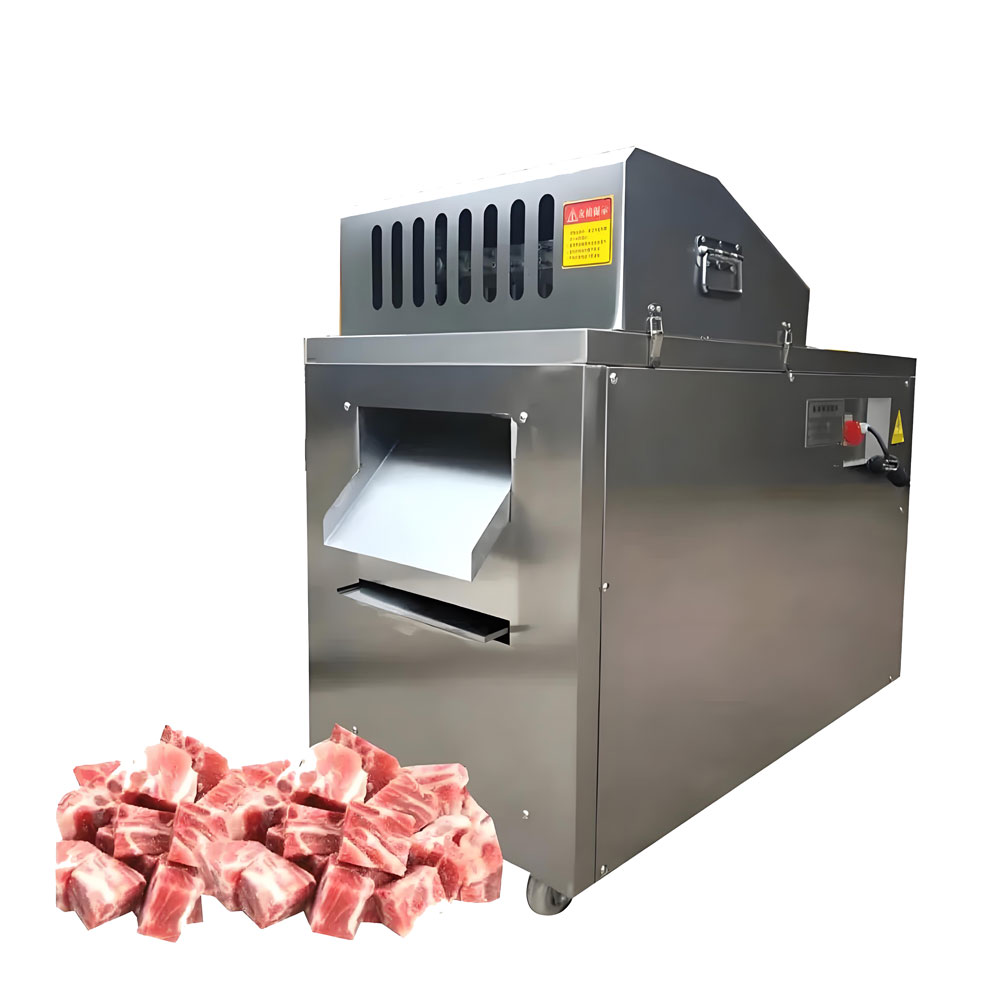
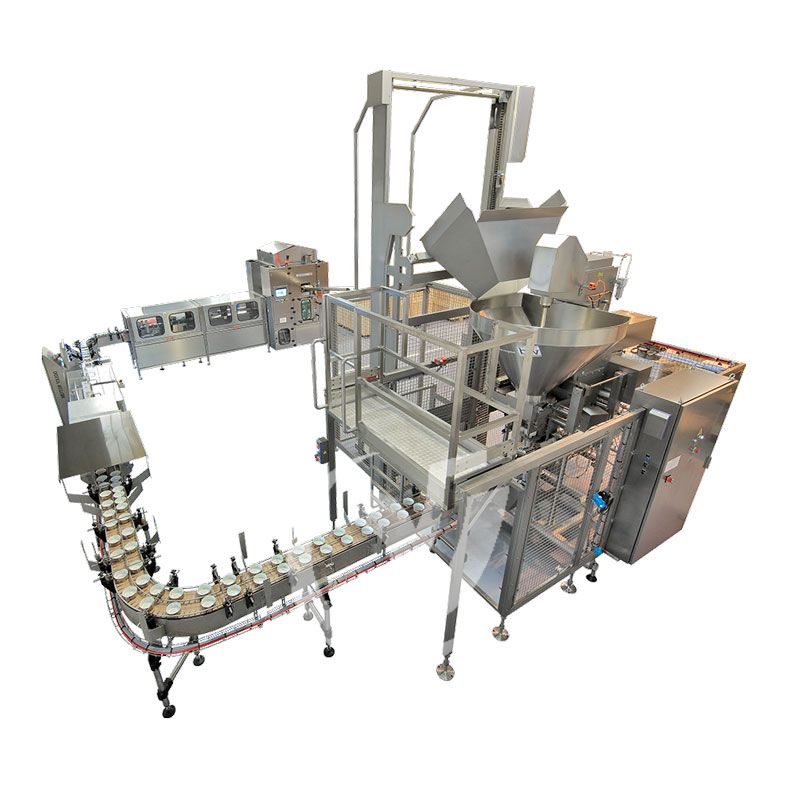

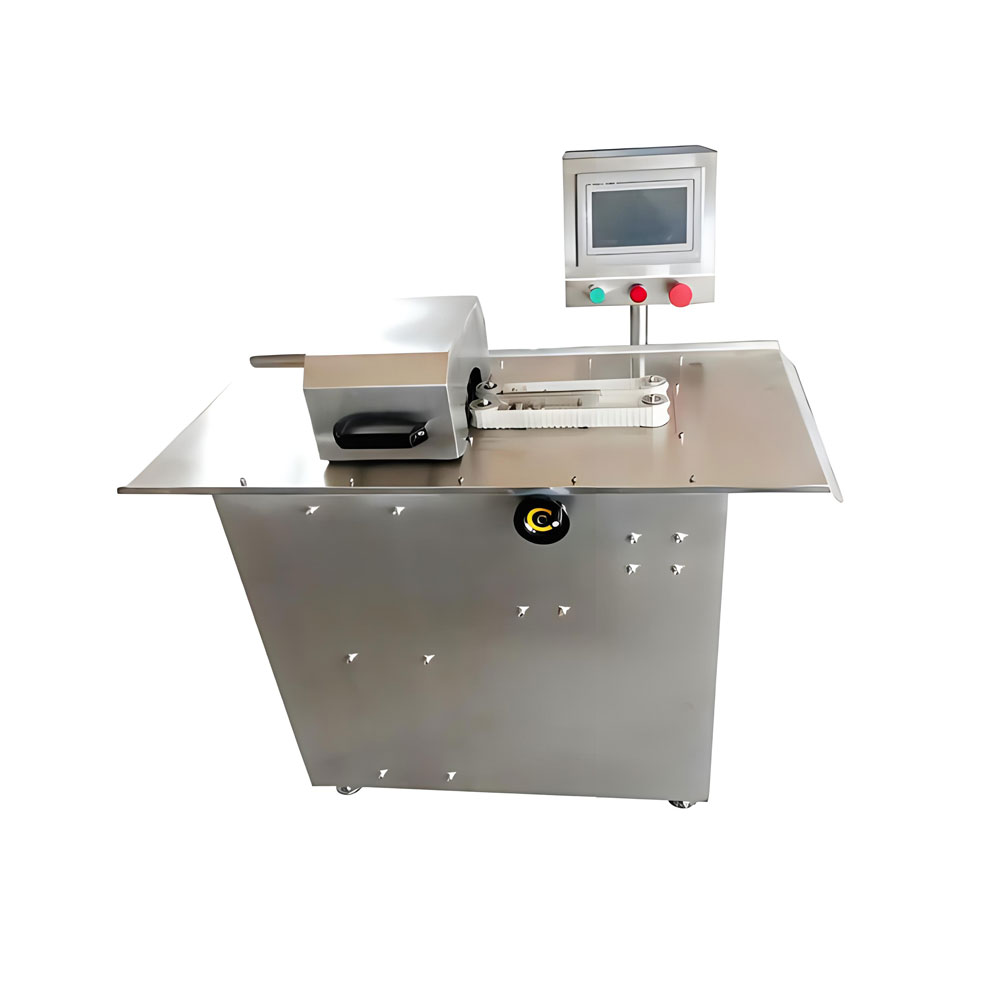
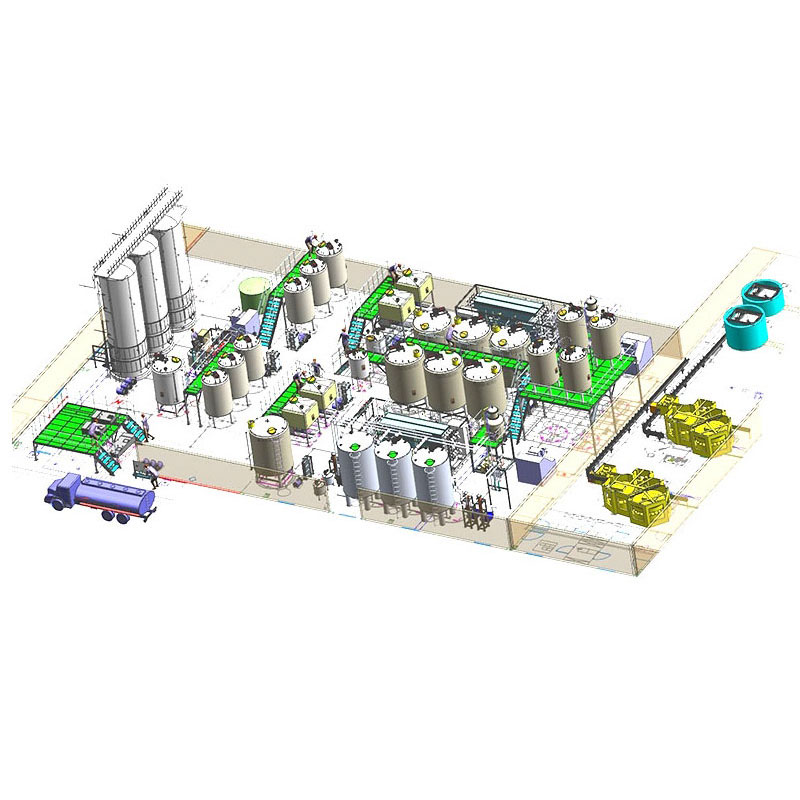
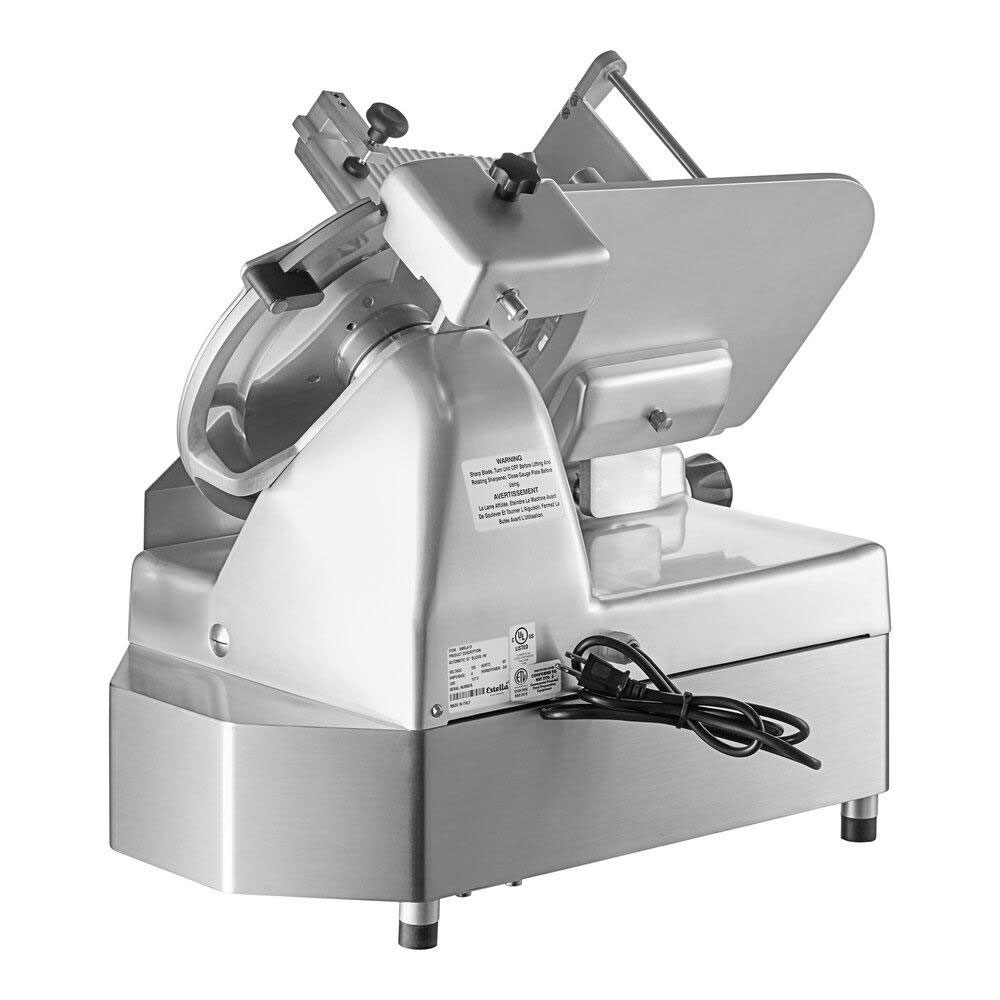
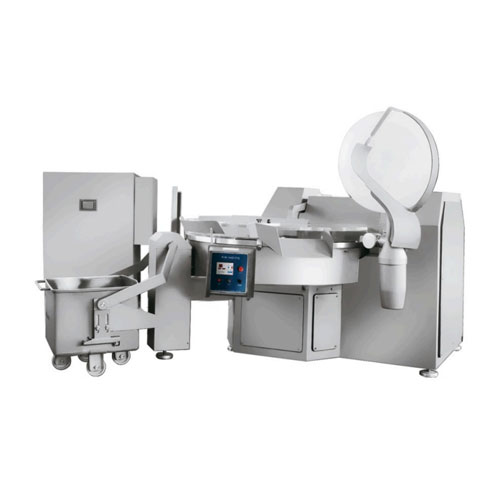
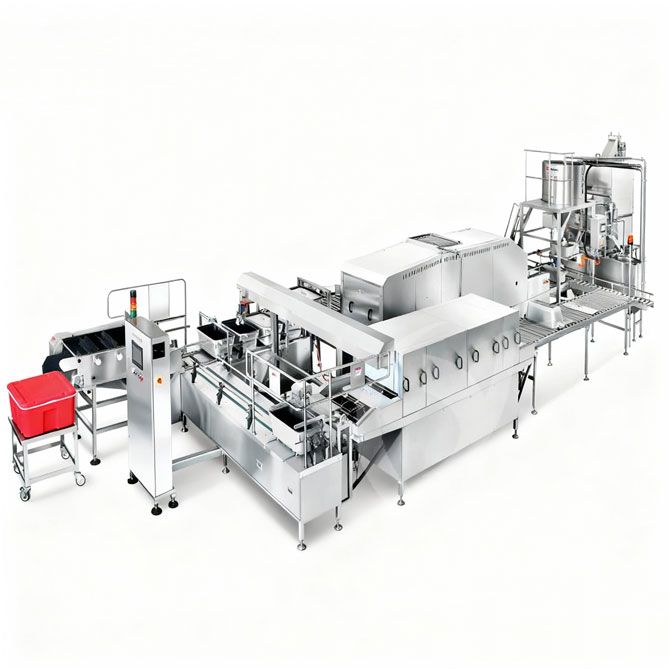
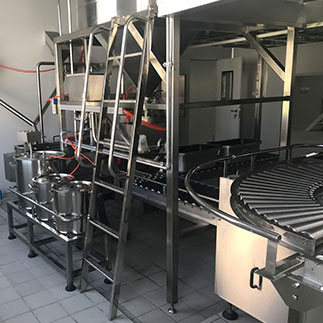 Cold Chain Rice Production Line
Cold Chain Rice Production Line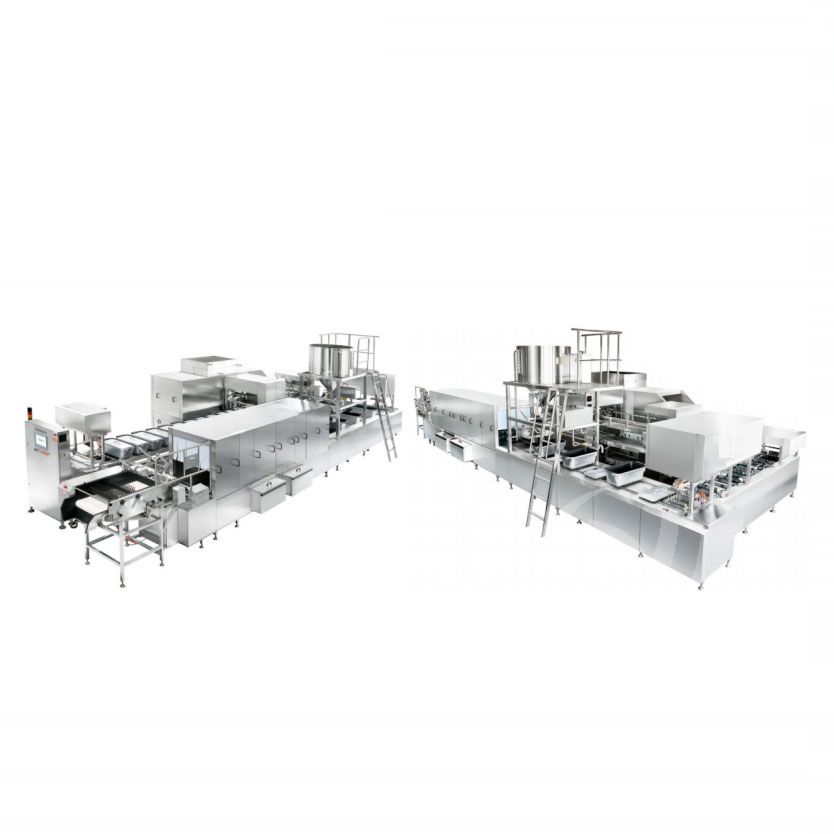 Unmanned Intelligent Rice Production Line
Unmanned Intelligent Rice Production Line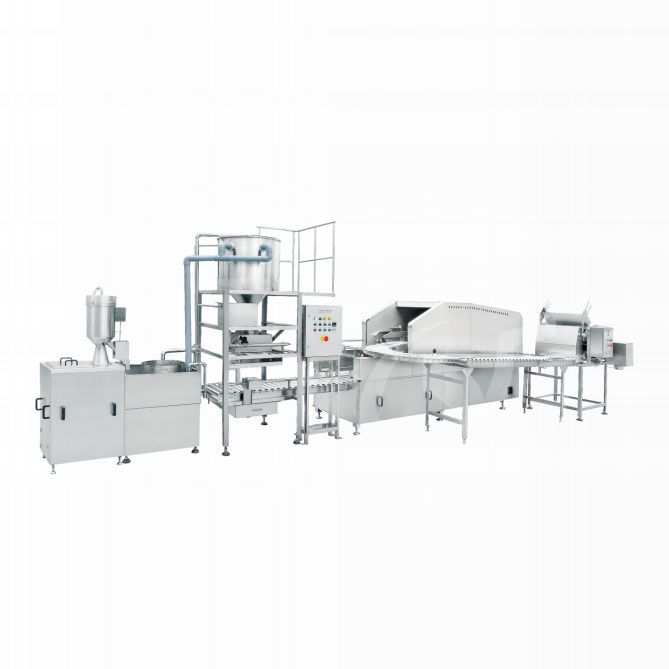 Automatic Rice Production Line
Automatic Rice Production Line
Ready to Get Started?